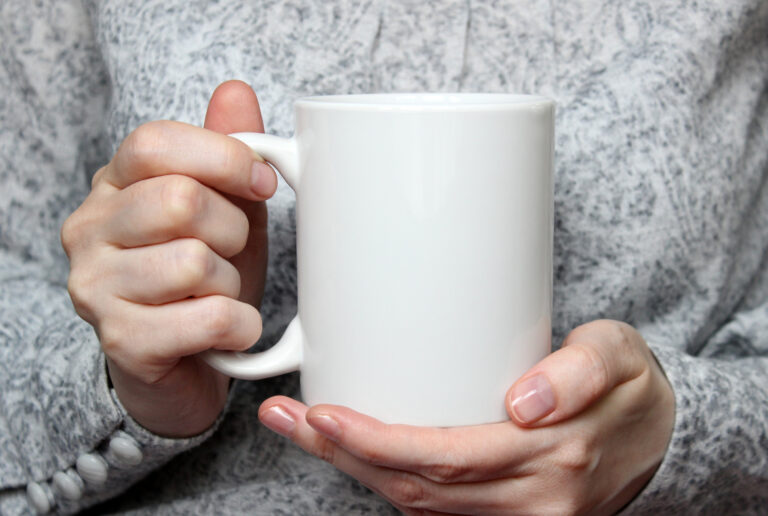We live in the digital age with over 3.5 billion people worldwide using the internet. Businesses have had to adapt to this digital shift in the past few decades, conducting their communications, sales, and proposals largely online.
However, business experts note that paper mail still has its place! Direct mail advertising makes it easy for businesses to track the effectiveness of different marketing strategies. Plus, sending paper mail to partners, clients, investors, and customers adds a personal touch to your business that email can’t compare with.
That being said, you don’t want to use any old paper. Stationery paper can be customized to fit your branding to make your paper advertising and communication immediately recognizable.
Read on to find out how to design your own branded stationery paper and learn what mistakes to avoid.
Decide on a Type of Paper
It’s important to note that there are different types and sizes of paper available to you when you’re designing custom stationery.
For example, paper that is made from wood is fairly standard and tends to be the most affordable option. Cotton derived paper is a more luxurious option that tends to have a smoother appearance and texture. However, that luxury comes with a higher price tag.
Letter paper has a standard size of 8.5 inches by 11 inches. What is often called “executive” sized paper is larger. Keep in mind that when you send out paper mail, you don’t want it to look overcrowded and if you know you have a lot to say, a larger paper may be better.
The do’s: Choose a type of paper that won’t break your budget. Pick a size that will work well with your intended layout.
The don’ts: Don’t forget to see what your printer can handle before purchasing an unusual size. Most printers have adjustable paper trays but if you order paper that is too big for your paper tray, you’re not going to be able to print your letters in-house.
Use the Rule of Thirds
When you’re deciding on a basic layout for your stationery paper, create a grid with nine even boxes. You’ll want to break your design up into thirds to create aesthetic balance and appeal.
Decide if you want your stationery paper broken into thirds horizontally or vertically. Only one-third of the paper should be dedicated to your logo and contact information. The remaining two-thirds should be left blank to leave space for the actual content of your letters and advertising.
The do’s: Put your logo and contact information on one of the outer thirds. In other words, your logo should go on the top, bottom, or down either vertical side.
The don’ts: Don’t forget the importance of white or blank space. It is safe to have a margin of at least 0.5 inches bordering the entire piece of stationery.
Adapt Your Logo
Some logos may not transfer well to stationery paper as they are. For example, intricate graphic logos look great when they’re blown up on a computer screen or larger piece of print advertising. What happens to them when they are scaled down to about one inch?
Use a logo maker to create a companion logo to the one you normally use. You will want to incorporate the same colors and some of the same graphic elements of your standard logo. Ultimately, you want to create a paired down version of your existing logo that is still immediately identifiable as part of your branding.
The do’s: Make sure that your logo will look distinguishable and clear when scaled down to fit the header, footer, or border of your stationery paper. If you’re not sure, try resizing it on a PDF and printing it out. If you can’t read it or make out the graphic elements, you will need a simplified version for your stationery paper.
The don’ts: Don’t go too crazy remaking your logo. It should look as similar as possible to the one you’ve been using on other marketing materials.
Consider Color
We tend to assume that muted or neutral tones are more professional. However, the color scheme you choose for your stationery paper should match your branding. In other words, if playfulness or unique expressiveness is part of your company’s identity, feel free to experiment with different color combinations!
The do’s: If it makes sense for your business, push the envelope with color. However, if your business has a more chic or traditional branding style, neutral tones are your best bet.
The don’ts: Don’t pick colors that are jarring to look at. Don’t choose a font color that is difficult to read or doesn’t contrast well with the color of the paper, itself.
Don’t Forget Envelopes
When you order custom stationery, you’ll also need to order custom envelopes! When designing your envelope, it’s still pertinent to use the Rule of Thirds. Make sure your logo is prominent by placing it in the top left-hand corner above your mailing address or somewhere in the bottom third.
The do’s: Match your envelope to your stationery to the best of your ability. A similar stock, texture, and color are ideal.
The don’ts: Don’t use a plain envelope or the recipient may discard your mail without knowing what it is. You don’t want your letters to look like junk mail!
Let Us Help You Design the Perfect Stationery Paper
If you don’t have someone on your team with a background in graphic design, that’s okay! We make it easy for you to put together marketing materials without spending hours learning how to use complicated design programs.
Learn more about our logo designing packages and unlock your business’s full potential with a professional, eye-catching logo!



